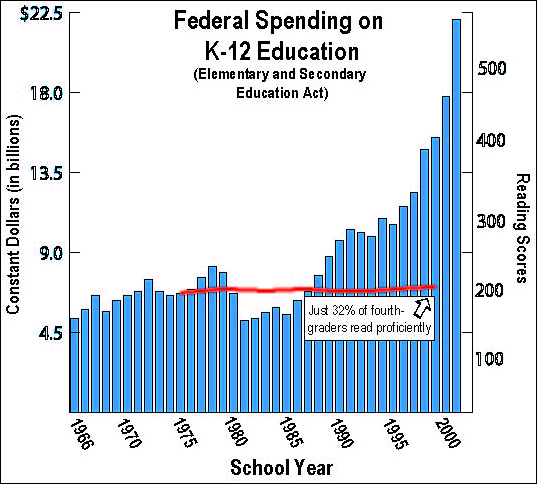
Since the Elementary and Secondary Education Act first passed
Congress in 1965, the federal government has spent more than
$321 billion (in 2002 dollars) to help educate
disadvantaged children. Yet nearly 40 years later, only 32 percent of
fourth-graders can read skillfully at grade level. Sadly, most of the 68
percent who can't read well are minority children and those who live in
poverty.
The good news is that campuses in cities and towns across the nation
are creating high achievement for these same children. If some
schools can do it, then all schools are able to do it.
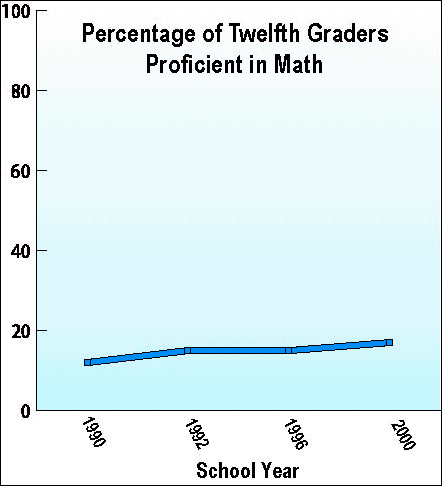
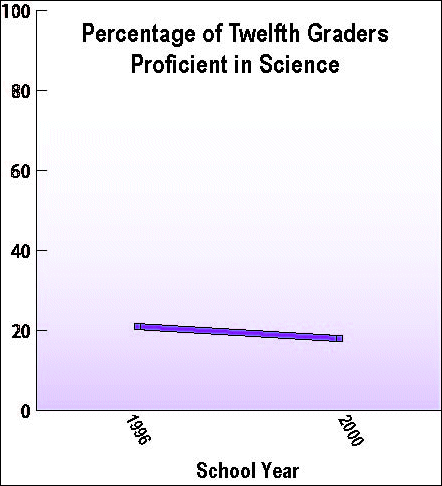
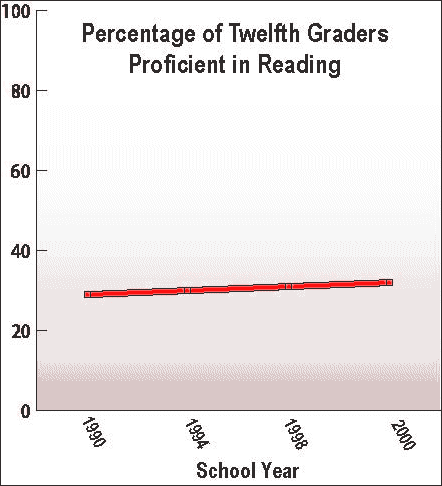
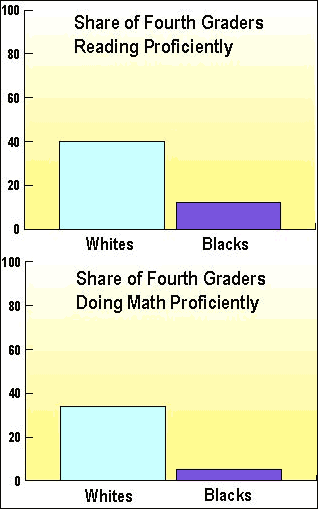
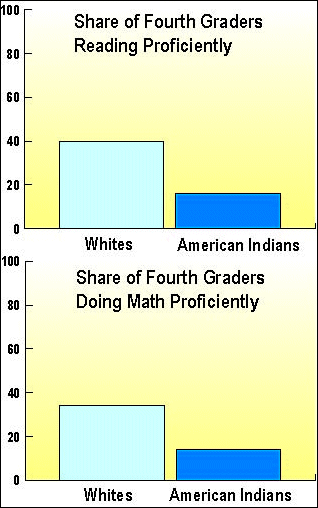
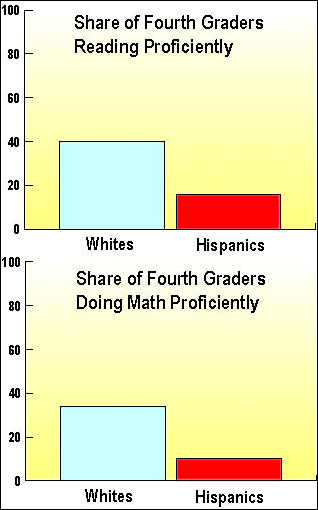

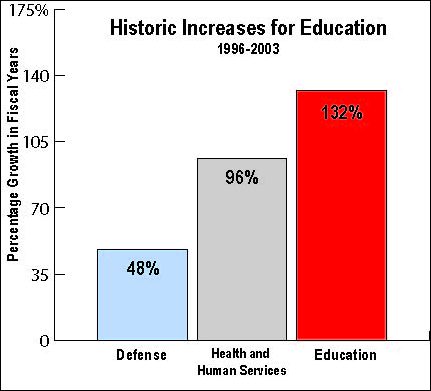
NCLB resource file
The following research file contains various No Child Left Behind
funding allocations for the 2002-03 school year. The data is available
by state, school district and congressional district.
The file was developed using Microsoft Access 2000 as a database
research file. In its present format, the file is only available as a
downloadable research tool and is not intended to be an Internet-based
query tool. Because the data from which it was built is public
information and we believe is useful, we are working to provide a more
user-friendly format as quickly as possible.
Instructions for accessing the database:
- Make sure you have Microsoft Access 2000 or Microsoft Access XP loaded on your computer (Once the database is an Internet-based query tool, you will not need Microsoft Access to open the file).
- Download nclbresource.zip to your hard drive.
- Unzip nclbresource.zip and extract the database, saving it to your hard drive.
- Open the database with Microsoft Access 2000 or Microsoft Access XP.
If you have difficulty downloading the research file, please call
1-800-USA-LEARN or e-mail [email protected].

nclbresource.zip [7.6MB]
| 


